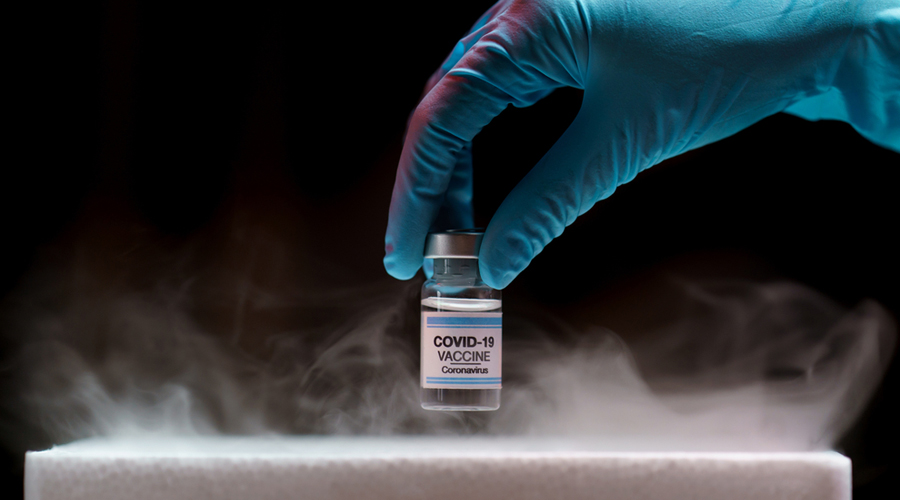A group of doctors and health researchers has asked the Union health ministry to disclose details of the investigations into all the deaths following immunisation with Covid-19 vaccines, amid concerns about lack of information about the probes conducted.
The medics have said the deaths — at least 15 until Wednesday — meet the World Health Organisation’s definition of a “cluster” of serious adverse events following immunisation (AEFI) — “when two or more AEFIs related in time, place or by vaccine occur”.
India had up to 8am on Wednesday vaccinated over 4.1 million beneficiaries, primarily healthcare workers.
“Transparency will help bolster confidence in the vaccination campaign,” said Amar Jesani, a senior physician and editor of the Indian Journal of Medical Ethics in Mumbai, one of the 12 doctors and public health researchers who have sent the appeal to the health ministry.
The group has asked the ministry to place in the public domain information on all deaths, severe and serious AEFIs and their investigations during the Covid-19 vaccine rollout. “This information should include the numbers, date of vaccination, details of the AEFI, place, investigation status and results,” the group said in a letter sent to health minister Harsh Vardhan and other health officials.
The health ministry, relying on preliminary site-specific investigations, has said none of the deaths so far have been causally linked to the Covid-19 vaccination and a national AEFI committee is “reexamining” the circumstances and details of each.
“The national AEFI committee is reexamining all the deaths following immunisation and the assessments will be placed in the public domain — this will be done,” Narendra Arora, a senior medical advisor to the national panel, told The Telegraph.
Jesani and his co-signatories have also pointed out that several of the deaths have taken place between hours and five days of people aged between 42 and 56 taking the vaccines and have been ascribed to cardiovascular problems.
“There is a clustering of deaths by cause and vaccine — so we are seeking systematic cluster investigation to explain the cardiovascular deaths,” Jesani told this newspaper. “The deaths raise the question — do people who might have underlying cardiovascular risk factors need to be followed up closely for a longer period of time than the 30 minutes of mandatory observation post vaccination? They need to carry out a systematic investigations of all the deaths to answer this.”
A 52-year old health worker, Mannu Pahan Munda, who was administered a Covid-19 vaccine in Ranchi on February 1 died on Tuesday night. The Jharkhand health minister’s office said on Wednesday that a post-mortem report was awaited but Pahan had a history of hypertension and diabetes.
Nine others who received the vaccine from the same vial are all doing fine, the office said in a statement. Jharkhand had immunised over 55,000 people till Tuesday without any reports of serious AEFIs.
Pahan had not complained of any discomfort or adverse event during the half-hour mandatory observation, M.M. Pandey, medical superintendent at Medanta, said.
But he suddenly fell in the toilet at his home on Tuesday night and was rushed to the hospital where doctors declared him brought dead. Pahan had experienced some breathlessness about a fortnight ago but had recovered.
Arora and health officials have asserted that there is a critical difference between coincidental events and causal associations. “As the vaccination campaign progresses, it is important for people to understand that coincidental deaths after vaccinations are not causal events — not caused by the vaccines,” Arora said.
Health officials have underlined that natural deaths occur every day across the country and the rigorous AEFI tracking mechanism that has been set up alongside the Covid-19 vaccination campaign is designed to record all deaths among vaccine recipients.
“The death curve is typically U-shaped,” Arora said. “The death rates in India are relatively high in infants below one year of age, then the rates decline and are lowest between 15 and 45, then they increase again, and very sharply among people in their 60s and 70s.”
The campaign’s current round will immunise around 10 million healthcare workers and 20 million frontline public workers. In the subsequent round, the vaccines will be offered to around 270 million people aged 50 years or older and those below 50 with chronic health disorders.











